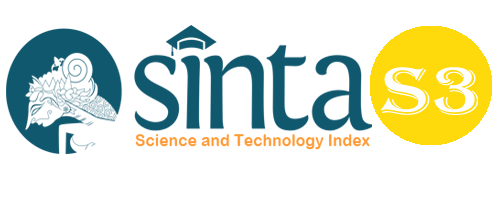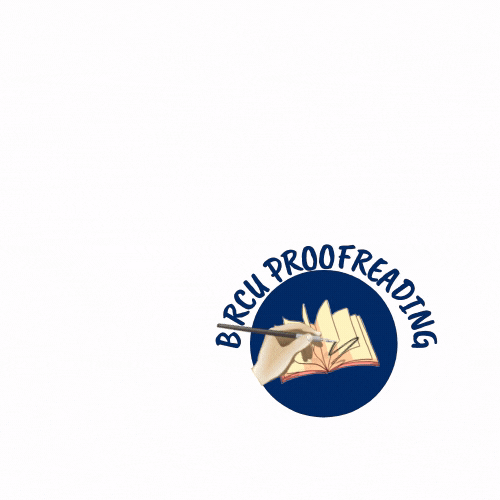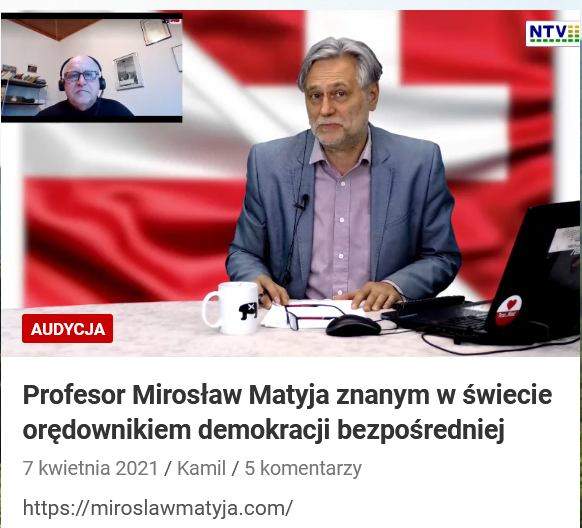Development of Digital Learning Pre-Comissioning Supervision of 150 KV Power Transformers at PLN UPMK I Project Management Center
Abstract
This paper has the objective of developing a supervisory Digital Learning to improve supervisor competence in supervising pre-commissioning 150 kV power transformers at PT PLN (Persero) UPMK I Project Management Center by analyzing the basic competence of supervisor knowledge, ensuring the feasibility and effectiveness of the Supervision Digital Learning Application. This research is a development using the Research and Development approach with the Agile development method by applying the Scrum framework which consists of 7 stages. Data collection techniques used in this study were observation, interviews, and questionnaires. The method used to measure product feasibility is through validation from experts, namely webdesign, material, and media experts as well as performing a function test of the Digital Learning Monitoring Application using Black Box Testing (Boundary Value Analysis) and White Box Testing (Cyclomatic Complexity) instruments. The method used to measure product effectiveness is the System Usability Scale (SUS) and the User Experience Questionnare (UEQ). The results showed that the supervision Digital Learning Application was considered feasible to use based on the percentage results from web design/application experts, material experts and media experts, based on the results of the functionality test with a success percentage of 85.25% and no code errors were found on each form. Then the Digital Learning Monitoring Application is considered effective for use based on the number of samples in this study as many as 25 respondents, with details of 10 respondents from office employees and 15 respondents from field supervisors, starting with a successful functional test with 10 different devices and 5 different operating systems.
Keywords
Full Text:
PDFReferences
Alliance for Excellent Education. (2012), Culture Shift: Teaching in a Learner-Centered Environment Powered by Digital Learning. Digital Learning Series.
E-learning, A., Matematika, F. P., Alam, I. P., Upi, F., Model, T. A., Modeling, S. E., Modeling, S. E., & Model, T. A. (2005). 1 , 2 , 3 1. 128–140.
George, R, Terry, Leslie W. Rue. 2006. Dasar-Dasar Manajemen Edisi Ke Dua . Jakarta: PT. Bumi Aksara.
GS Stump, JC Hilpert, J Husman, Wen-ting Chung. (2011). Collaborative Learning in Engineering Students: Gender and Achievement. Journal of Engineering Education, Volume 100, Issue 3, pages 475-497, https://doi.org/10.1002/j.2168-9830.2011.tb00023.x
Handoko, T. Hani. 1998. Manajemen, Edisi Kedua. Yogyakarta: BPFE.
Izabal, S. V., Aknuranda, I., & Az-zahra, H. M. (2018). Evaluasi dan Perbaikan User Experience Menggunakan User Experience Questionnaire ( UEQ ) dan Focus Group Discussion ( FGD ) pada Situs Web FILKOM Apps Mahasiswa Fakultas Ilmu Komputer Universitas Brawijaya. Jurnal Pengembangan Teknologi Informasi Dan Ilmu Komputer (J-PTIIK) Universitas Brawijaya, 2(9), 3224–3232.
Laugwitz, B., Held, T., & Schrepp, M. (2008). Construction and evaluation of a user experience questionnaire. Lecture Notes in Computer Science (Including Subseries Lecture Notes in Artificial Intelligence and Lecture Notes in Bioinformatics), 5298 LNCS, 63–76. https://doi.org/10.1007/978-3-540-89350-9_6
Moore, J. L., Dickson-Deane, C., & Galyen, K. (2011). E-Learning, online learning, and distance learning environments: Are they the same? Internet and Higher Education, 14(2), 129–135. https://doi.org/10.1016/j.iheduc.2010.10.001
Putra, D. A., Rahmawati, Y., & Putranto, H. (2019). Pengembangan Media Pembelajaran Digital Sistem Distribusi Energi Listrik Berbasis Pemahaman Konsep bagi Mahasiswa Program Studi S1 Teknik Elektro Di Universitas Negeri Malang. INAJEEE Indonesian Journal of Electrical and Eletronics Engineering, 2(2), 48–56. https://doi.org/10.26740/inajeee.v2n2.p14-22
Putri, I. K., Hadi Wijoyo, S., & Mursityo, Y. T. (2019). Analisis Usability dan Pengalaman Pengguna Pada Aplikasi pemesanan Budget Hotel Menggunakan User Experience questionnaire (UEQ)(Studi Kasus Pada Airy Rooms). Jurnal Pengembangan Teknologi Informasi Dan Ilmu Komputer , 3(7), 6748–6756. http://j-ptiik.ub.ac.id
Rauschenberger, M., Schrepp, M., Perez-Cota, M., Olschner, S., & Thomaschewski, J. (2013). Efficient Measurement of the User Experience of Interactive Products. How to use the User Experience Questionnaire (UEQ).Example: Spanish Language Version. International Journal of Interactive Multimedia and Artificial Intelligence, 2(1), 39. https://doi.org/10.9781/ijimai.2013.215
Shah, M. et al. (2020). The Development Impact of PT. Medco E & P Malaka on Economic Aspects in East Aceh Regency. Budapest International Research and Critics Institute-Journal (BIRCI-Journal). P. 276-286.
Silakhuddin. (2016). Persiapan dan Prosedur Pre-Commissioning Siklotron DECY13. Prosiding Pertemuan Dan Presentasi Ilmiah - Penelitian Dasar Ilmu Pengetahuan Dan Teknologi Nuklir, 1, 151–157.
Sistem, I. (2008). Testing & Implementasi Dekomposisi kebutuhan untuk dites secara sistematis. 1, 1–29.
Snadhika Jaya, T. (2018). Pengujian Aplikasi dengan Metode Blackbox Testing Boundary Value Analysis (Studi Kasus: Kantor Digital Politeknik Negeri Lampung). Jurnal Informatika: Jurnal Pengembangan IT (JPIT), 03(02), 45–48. https://doi.org/10.30591/jpit.v3i1.647
Surahman, M., Widiyasono, N., & Gunawan, R. (2021). Seri Sains dan Teknologi ANALISIS USABILITY DAN USER EXPERIENCE APLIKASI KONSULTASI KESEHETAN ONLINE MENGGUNAKAN SYSTEM USABILITY SCALE DAN USER P-ISSN 2477-3891 E-ISSN 2615-4765. Jurnal Siliwangi, 7(1), 1–8.
Wulandari, I. R., & Farida, L. D. (2018). Pengukuran User Experience Pada E-Learning Di Lingkungan Universitas Menggunakan User Experience Questionnaire (UEQ). Jurnal Mantik Penusa, 2(2), 146–151.
DOI: https://doi.org/10.33258/birci.v5i3.6063
Article Metrics
Abstract view : 41 timesPDF - 25 times
Refbacks
- There are currently no refbacks.

This work is licensed under a Creative Commons Attribution-ShareAlike 4.0 International License.

This work is licensed under a Creative Commons Attribution-ShareAlike 4.0 International License.

_.gif)

















_.gif)



